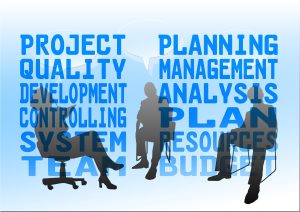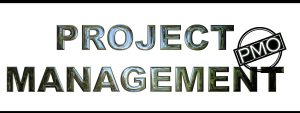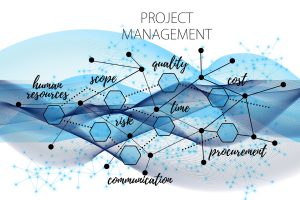
We all know we live in a world where change is constant. The ability to lead through uncertainty has never been more crucial. Transformational leadership stands out as a beacon of hope in turbulent times, guiding organizations toward a brighter, more innovative future. But do we really know what truly defines a transformational leader, and how they inspire their teams to not just cope with change but thrive within it?
The Hidden Power of Transformational Leadership
Imagine that workplace where every employee feels motivated to contribute, innovate, and adapt to change. This level of engagement is not merely a dream but a tangible reality facilitated by transformational leaders? The question that remains is: how can leaders harness this hidden power to drive meaningful change?
The Importance of Transformational Leadership
In our ever-changing business environment, organizations face challenges ranging from technological disruptions to shifting market demands. A specific pain point many executives encounter is employee resistance to change. When teams are reluctant or anxious, the entire organization can falter, leading to stagnation and lost opportunities.
Transformational leaders address this challenge head-on. They inspire, motivate, and foster a culture of resilience that empowers employees to embrace change rather than fear it. By understanding the core traits of transformational leadership, executives can learn to navigate through periods of transition more effectively.
The Traits of Transformational Leaders
- Visionary Thinking: Transformational leaders possess a clear vision for the future. They are also able to communicate this vision passionately, creating a shared sense of purpose that rallies teams around common goals.
- Empathy: Understanding each individual team members’ needs and concerns is vital. Transformational leaders listen actively and respond with compassion, building trust and rapport.
- Inspirational Motivation: These leaders have a unique ability to inspire their teams, instilling confidence and enthusiasm. They are able to encourage employees to push their boundaries and pursue excellence.
- Intellectual Stimulation: Transformational leaders challenge conventional thinking, fostering an environment where innovation thrives. They encourage creative problem-solving and critical thinking.
- Individualised Consideration: By recognising each team member’s strengths and weaknesses, transformational leaders tailor their approach, providing support and development opportunities that empower individuals.
- Emotional Intelligence: Transformational leaders possess high emotional intelligence, enabling them to manage their own emotions and understand the emotions of others. This skill helps them navigate complex interpersonal dynamics and foster a positive team atmosphere.
- Adaptability: In an ever-changing environment, adaptability is essential. Transformational leaders are flexible and open-minded, willing to adjust their strategies in response to new information or shifting circumstances, which inspires their teams to be equally adaptable.
Steps to Cultivate Transformational Leadership
To cultivate transformational leadership within your organization, consider implementing the following steps:
- Develop a Clear Vision: Articulate a compelling vision that resonates with your team. Share it consistently and ensure everyone understands their role in achieving it.
- Foster Open Communication: Encourage open dialogue where team members feel safe to express their ideas and concerns. Create platforms for feedback and collaboration.
- Invest in Employee Development: Provide training and resources that empower employees to grow their skills and adapt to change. Encourage continuous learning.
- Lead by Example: Model the behaviour you wish to see in your team. Demonstrate resilience, adaptability, and a commitment to the organization’s vision.
- Recognise and Celebrate Success: Acknowledge individual and team achievements. Celebrating successes, both big and small, reinforces a culture of motivation and engagement.
Engaging Through Change
Transformational leadership is more than a management style; you need to think of it as a catalyst for positive change within organizations. By embracing the key traits of visionary thinking, empathy, and inspiration, along with emotional intelligence and adaptability, leaders can motivate their teams to navigate the complexities of change confidently.
As you consider the implications of transformational leadership, remember that every small step leads to significant progress. By fostering a culture of empowerment and engagement, you can inspire your team to not only survive change but to thrive in it.



 The “Measure Twice and Cut Once” Approach
The “Measure Twice and Cut Once” Approach


 The Silent Disruptor – Why Lack of Trust is a Barrier to Success
The Silent Disruptor – Why Lack of Trust is a Barrier to Success


 Technical prowess alone is no longer enough to lead in IT. The most successful IT leaders are those who have mastered the art of blending their deep technological expertise with a strong understanding of business operations.
Technical prowess alone is no longer enough to lead in IT. The most successful IT leaders are those who have mastered the art of blending their deep technological expertise with a strong understanding of business operations.
